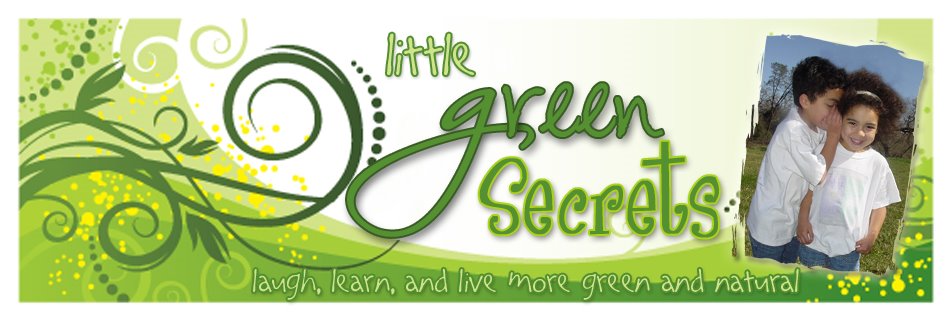
I was proud of the items we put together to take. Hey, we were going to make a difference and every little bit counts. The center is on our way to town making it convenient to include it in our weekly errands. This waste/recycling center is the cleanest (also no foul smell) dump I’ve ever gone to. I have been to a waste center where you had to step on other people’s garbage just to dump what you had. It was beyond gross.
 |  |
I had great helpers with the distribution into the correct containers; clear glass, glass with color, plastics, newspaper and paper. There were so many bins, but very well organized. When I saw the people, who looked like regular recyclers, come in with their truck load of goods, our few boxes of recyclables seemed so trifling. Regardless, our items are going to be reused and made into something FANTASTIC! You just wait and see.
Here are some of the sights we saw. I thought these stacks of aluminum cans were so cool. We didn’t earn any money, but we gained an experience. The children had some fun and learned the importance of recycling, whenever possible, regardless of the amount.
 |  |
 |  |
The process of recycling involves a little more than placing it curbside or taking it to a center. Whether you’re starting a program in a community location or your home, there are a few things to consider before you start.
#1 All things are not recycled equally.
Items that can be recycled range from the overused paper towel to that hard to put down cell phone. It is amazing how many times a material can be used if recycled. Going from “you are what you eat,” to “you wear what you eat – or what your food comes in” is an example of how some of these recycled items are being used.
Most residential recycling programs include the following common items: plastic bottles, glass, paper products, and aluminum cans. You are not limited to these items, but they are a few good ones to start with in your program, especially if you are new to the “practice” of recycling. So, decide what items you are going to recycle and work from there. If you’re adventurous and these items are not exciting enough for starting your program (rubber and scrap metal may be your style), then check with your local recycling center to see what other items they accept. The idea is to recycle and not become the neighborhood junkyard.
#2 A successful recycling program takes some effort.
As with most successful programs, the “dirty” work behind the scenes is often forgotten. When you recycle, you have to take on a “new way of thinking.” No, this is not cult indoctrination. You have to stop doing what is EASY (open – use – toss into garbage) and actually take the time to THINK before tossing, to rinse (in some instances), and then sort with like, other recyclables. I was amazed at how quickly I reached for the garbage can after emptying a can, jar, or yogurt container. After I got my rhythm going, I had a nice little collection going on my kitchen counter which brings me to the next point.
#3 Designate a recycling area with proper containers.
Setting up your recycling area with the proper containers is important because you don’t want your program to take over your home and you also want to be able to accommodate your efforts. Our “holding area” started around our kitchen island. After missing our weekly scheduled trip to the recycling center, our “recycling containers” (paper bags), took over creating a big trash section in our kitchen. Everything was moved to our already crowded garage. You guessed it. This weekend is going to be spent cleaning our garage and making a dedicated recycling area. I will probably use old boxes from Costco as containers.
#4 Breakdown, Bundle, Remove, Rinse, and Stomp, then Sort
Prepare your recyclables before going to the center or placing curbside. All cardboard boxes should be broken down and flattened (not stomped on to flatten), newspapers bundled, bottle caps removed from plastic bottles, food containers rinsed, and aluminum cans flattened or stomped (kids love to do this). Save the bottle caps because some places are able to use them. After preparing your recyclables, sort them into the proper containers. Sorting before going to the center will save you time and can make the process run more smoothly.
#5 Maintain your recycling area.
Water bottles are probably the safest item to have hanging around after use. What I mean by this is, there is less of an attraction for creatures. I don’t like bugs of any sort. Be sure to rinse any food containers right after emptying. This will reduce the potential for attracting bugs or pet curiosity, properly prepare your recyclables for the center (empty and clean is preferred for food containers – glass, etc.), and create a cleaner environment (less smelly in the car too if you don’t have curbside pick-up) until your weekly garbage pick-up or center visit.
Something I also noticed during the first week of recycling. Our garbage can was a lighter load. It is pretty cool knowing that we’re sending less to landfills and contributing to product creativity. You may see me wearing one of these stylish fleece hats this fall which are made out of recycled plastic bottles. We may have drunk from some of the bottles that made those hats.













No comments:
Post a Comment